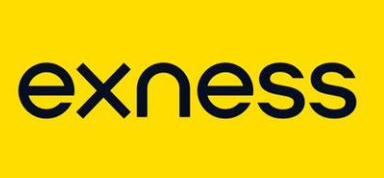A crypto wallet is a digital tool. It helps you store, send, and receive cryptocurrencies safely. It manages the private and public keys needed for these transactions. While it’s called a “wallet,” it doesn’t actually hold your coins-instead, it stores the keys that give you access to your crypto, which is always kept on the blockchain.
A Simple Guide for First-Time Investors
If you’re new to cryptocurrency, understanding crypto wallets is one of the most important first steps. Here’s what you need to know in plain language:
How Does a Crypto Wallet Work?
- Key Storage: Your wallet keeps your private keys (like a secret password) and public keys (like your account number). You need the private key to access and move your crypto. If someone else gets your private key, they can access your funds.
- Blockchain Access: The wallet interacts with the blockchain-the digital ledger where cryptocurrencies live. It lets you see your balance, send crypto to others, and receive crypto from friends or exchanges.
- No Physical Coins: Your wallet doesn’t store coins. Instead, it manages the keys that let you control the coins recorded on the blockchain.
Types of Crypto Wallets
There are several types of crypto wallets, each with its own pros and cons:
| Wallet Type | What It Is | Security Level | Best For |
|---|---|---|---|
| Software Wallet (Hot Wallet) | An app on your phone or computer. Easy to use for daily transactions. | Moderate | Beginners, frequent traders |
| Hardware Wallet (Cold Wallet) | A physical device (like a USB stick) that stores keys offline. | High | Long-term holders, larger amounts |
| Hosted Wallet | Wallet managed by an exchange (like Coinbase). | Varies | Beginners, convenience |
| Paper Wallet | Keys printed on paper, stored offline. | High (if stored securely) | Advanced users, cold storage |
- Hot wallets are connected to the internet and are easy to use but more vulnerable to hacks.
- Cold wallets are offline and much safer but less convenient for frequent transactions.
How to Set Up a Crypto Wallet
- Choose Your Wallet: Decide if you want a software wallet (easy, quick access) or a hardware wallet (best for security).
- Download or Buy: For software wallets, download the app from a trusted source. For hardware wallets, buy directly from the manufacturer.
- Create and Secure: Set up your wallet, create a strong password, and enable two-factor authentication (2FA) if available. Write down your recovery phrase (seed phrase)-a list of words that lets you recover your wallet if you lose your device. Store this phrase somewhere safe and offline.
- Add Funds: You can transfer crypto from an exchange or another wallet into your new wallet using your public address.
Why Do You Need a Crypto Wallet?
- Security: Only you control your private keys and, therefore, your crypto.
- Ownership: Without a wallet, you don’t truly own your crypto-you’re just trusting someone else to hold it.
- Flexibility: Send, receive, and manage your crypto anytime, anywhere.
Tips for First-Time Investors
- Never share your private key or recovery phrase. Anyone with this info can take your crypto.
- Double-check addresses before sending. Crypto transactions are irreversible.
- Start small. Practice with small amounts to get comfortable with how wallets work.
- Back up your wallet. Always keep your recovery phrase safe, offline, and never on your phone or computer.
In summary:
A crypto wallet is your gateway to the world of digital currencies. It keeps your private keys safe, lets you access your crypto, and enables you to send and receive funds. Choose the wallet type that fits your needs, set it up securely, and always protect your keys-because in crypto, you are your own bank
















